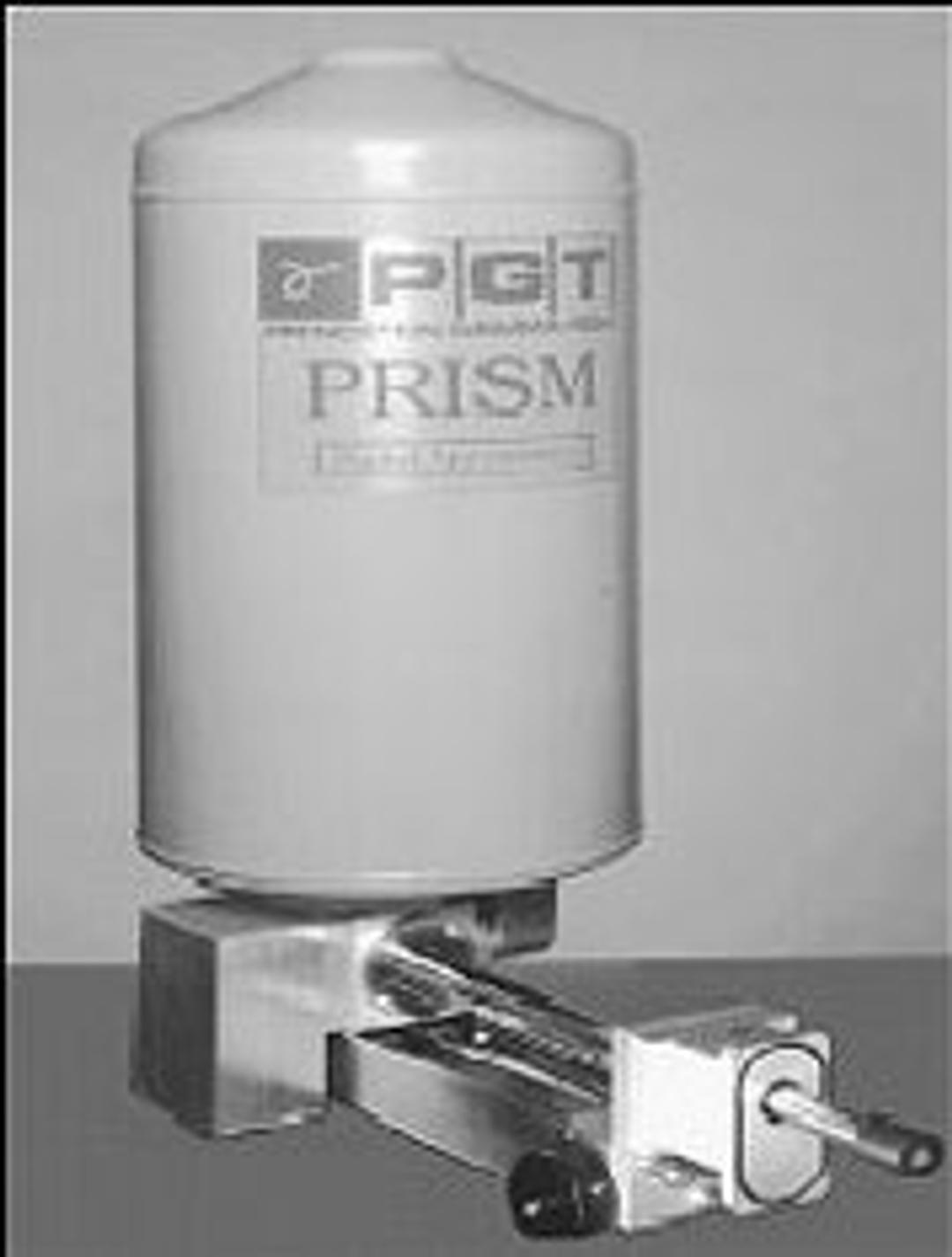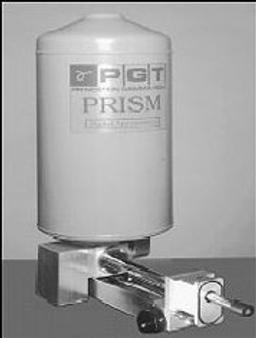HPGe and Si(Li) X-ray Spectrometers
Features: • Lithium-drifted silicon (10, 30, 60, or 80 mm2 ) • High-purity germanium (10, 30, 50 or 100 mm2) • Stainless steel endcap with beryllium window of 0.3 or 0.5 mil thickness for Si(Li) • Horizontal unitary cryostat with fixed geometry and conflat flange, 7.5 liter dewar • TR-1 Transistor reset preamplifier • Appropriate bias, signal and power cables • Unlimited temperature cycling without loss of reso…
The supplier does not provide quotations for this product through SelectScience. You can search for similar products in our Product Directory.
Features:
• Lithium-drifted silicon (10, 30, 60, or 80 mm2 )
• High-purity germanium (10, 30, 50 or 100 mm2)
• Stainless steel endcap with beryllium window of 0.3 or 0.5 mil thickness for Si(Li)
• Horizontal unitary cryostat with fixed geometry and conflat flange, 7.5 liter dewar
• TR-1 Transistor reset preamplifier
• Appropriate bias, signal and power cables
• Unlimited temperature cycling without loss of resolution
• HV cut-off circuitry
Options:
• Variable position (DS) cryostat with manual or motorized slide
• JT Cool cryocooler with convenient stand for all-attitude, LN2-free operation
• Bellows vacuum seal
• High-angle entry configurations; custom configurations for unique applications
• 15-liter dewar
• Thin windows for light element detection
• Low-microphonic crystal mounting
PGT manufactures both Si(Li) and HPGe detectors for X-ray analysis. Si(Li) detectors with the standard beryllium window have a useful energy range of 1-60 keV, while HPGe detectors are suitable up to 100 keV. Optional light-element capability extends the lower limit to below 200 eV. Both HPGe and Si(Li) detectors are fully temperature-cyclable and may be stored for long periods at room temperature with no degradation in resolution.
The X-ray source can range from nuclear accelerators to secondary X rays generated by fluorescence. X-ray detectors are used extensively for research, quality control, and failure analysis. These detectors are also interfaced with scanning electron microscopes for simultaneous qualitative and quantitative microanalysis of elements from boron through uranium by energy-dispersive spectroscopy.



